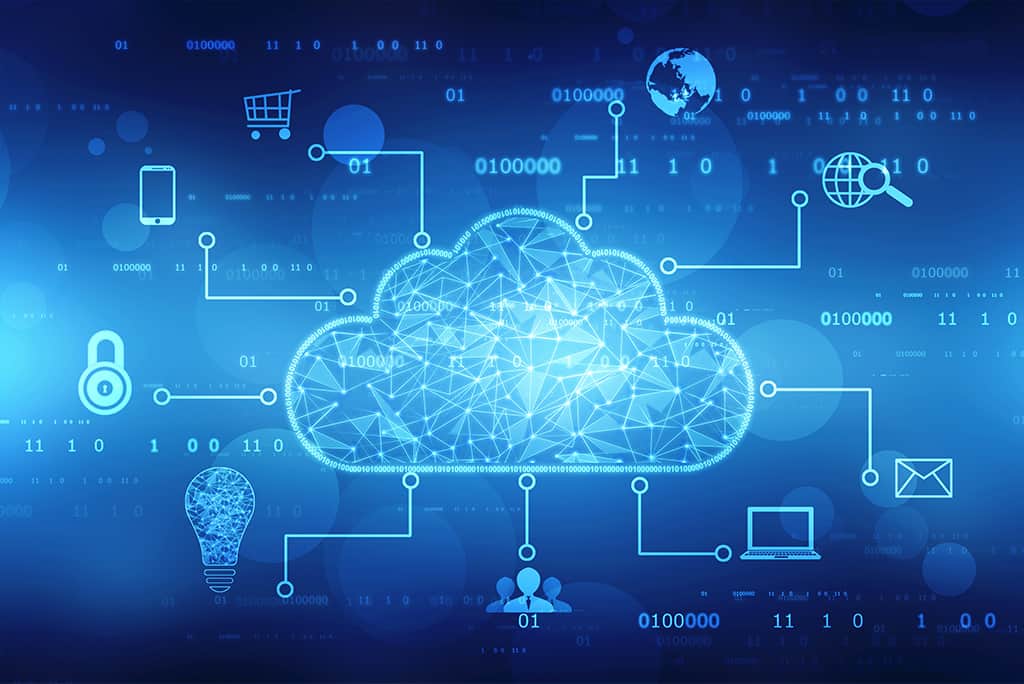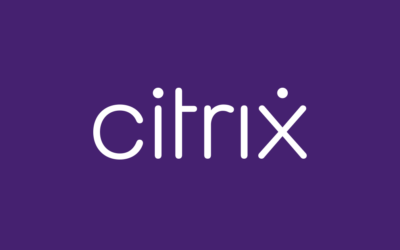What is Cloud Computing?
Cloud computing is Internet-based computing, whereby shared resources, software, and information are provided to computers and other devices on demand, like the electricity grid. Cloud computing is a paradigm shift following the shift from mainframe to client-server in the early 1980s. Details are abstracted from the users, who no longer have need for expertise in, or control over, the technology infrastructure “in the cloud” that supports them. Cloud computing describes a new supplement, consumption, and delivery model for IT services based on the Internet, and it typically involves over-the-Internet provision of dynamically scalable and often virtualized resources. It is a byproduct and consequence of the ease-of-access to remote computing sites provided by the Internet. This frequently takes the form of web-based tools or applications that users can access and use through a web browser as if it were a program installed locally on their own computer. The term “cloud” is used as a metaphor for the Internet, based on the cloud drawing used in the past to represent the telephone network, and later to depict the Internet in computer network diagrams as an abstraction of the underlying infrastructure it represents. Typical cloud computing providers deliver common business applications online that are accessed from another Web service or software like a Web browser, while the software and data are stored on servers. Most cloud computing infrastructures consist of services delivered through common centers and built on servers. Clouds often appear as single points of access for all consumers’ computing needs. Commercial offerings are generally expected to meet quality of service(QoS) requirements of customers, and typically include SLAs. The major cloud service providers include Microsoft, Sales force, Sky tap, HP, IBM, Amazon and Google.
Key features of Cloud Computing
Agility improves with users’ ability to rapidly and inexpensively re-provision technological infrastructure resources. Cost is claimed to be greatly reduced and capital expenditure is converted to operational expenditure . This ostensibly lowers barriers to entry, as infrastructure is typically provided by a third-party and does not need to be purchased for one-time or infrequent intensive computing tasks. Pricing on a utility computing basis is fine-grained with usage-based options and fewer IT skills are required for implementation (in-house). Device and location independence enable users to access systems using a web browser regardless of their location or what device they are using (e.g., PC, mobile). As infrastructure is off-site (typically provided by a third-party) and accessed via the Internet, users can connect from anywhere. Multi-tenancy enables sharing of resources and costs across a large pool of users thus allowing for: Centralization of infrastructure in locations with lower costs (such as real estate, electricity, etc.) , Peak-load capacity increases (users need not engineer for highest possible load-levels), Utilization and efficiency improvements for systems that are often only 10-20% utilized. Reliability is improved if multiple redundant sites are used, which makes well designed cloud computing suitable for business continuity and disaster recovery. Nonetheless, many major cloud computing services have suffered outages, and IT and business managers can at times do little when they are affected. Scalability via dynamic (“on-demand”) provisioning of resources on a fine-grained, self-service basis near real-time, without users having to engineer for peak loads. Performance is monitored and consistent and loosely coupled architectures are constructed using web services as the system interface.
One of the most important new methods for overcoming performance bottlenecks for a large class of applications is data parallel programming on a distributed data grid. Security could improve due to centralization of data, increased security-focused resources, etc., but concerns can persist about loss of control over certain sensitive data, and the lack of security for stored kernels. Security is often as good as or better than under traditional systems, in part because providers are able to devote resources to solving security issues that many customers cannot afford. Providers typically log accesses, but accessing the audit logs themselves can be difficult or impossible. Furthermore, the complexity of security is greatly increased when data is distributed over a wider area and / or number of devices.
Maintenance cloud computing applications are easier to maintain, since they don’t have to be installed on each user’s computer. They are easier to support and to improve since the changes reach the clients instantly. Metering cloud computing resources usage should be measurable and should be metered per client and application on daily, weekly, monthly, and annual basis. This will enable clients on choosing the vendor cloud on cost and reliability (QoS). Cloud computing is a style of computing in which dynamically scalable and often virtualized resources are provided as a service over the Internet. Cloud computing gives your businesses instant, on demand computing and storage resources without upfront costs.
Benefits of cloud computing for SMBs
1. Instant and on demand resources
2. Pay as you go
3. Expandable computing and storage
4. Scales according to your needs
5. Redundant and auto-scalable infrastructure
CompuMate @ Cloud Computing
Perform an ROI for cloud vs. on-site IT for SMBs, Analyze the benefits and feasibility, Select the most appropriate technology, Set up a redundant, scalable infrastructure for your applications, Move your applications into the Cloud, Manage your cloud solution.





